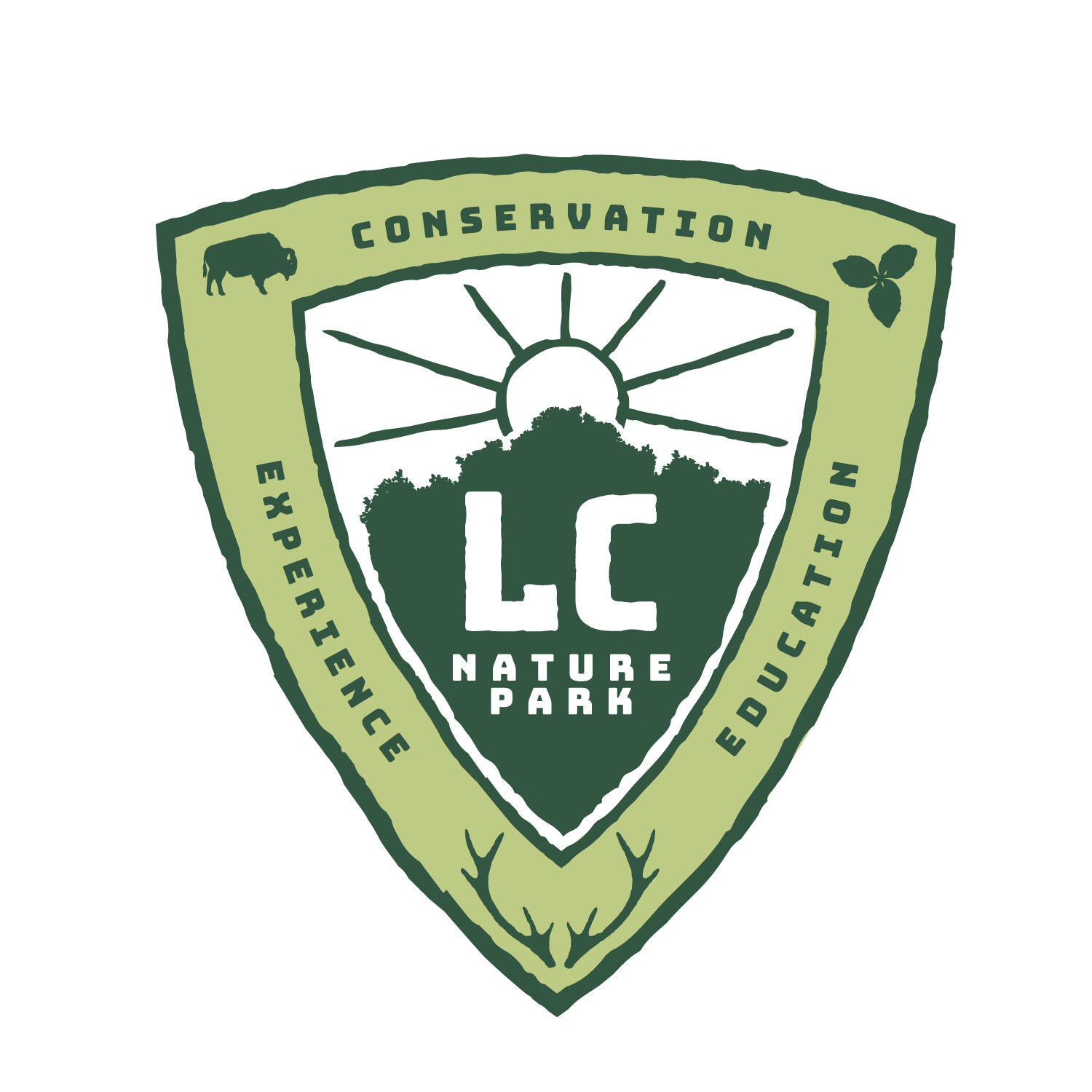Flowers + Photosynthesis
Overview
In this program, we will explore the wonder that are flowers.
We will look at the characteristics that make each flower unique.
Objectives
To understand what a flower is, what it requires, and in what ways are they similar and different from one another.
Learn to identify plants by their flower.
Vocabulary
Flower
Anther
Filament
Stamen
Pistil
Petals
Photosynthesis
Background
A flower is the reproductive portion of a plant and consists of stamen (the male reproductive organ made up of an anther and filament), pistil (the female reproductive organ made up of a stigma, style, and ovary), or both, and usually includes a perianth of sepals or both sepals and petals (a conspicuous part of the corolla, typically white or colored). The sole purpose of a flower is reproduction.
Photosynthesis is the mechanism by which all energy enters the Earth’s ecosystems. It is the process that enables the plant to make its own energy through chemical reactions involving carbon, water, and sunlight.
Program Outline
After going through the Education Center and observing the displays, we will gather at the amphitheater for a brief introduction to the activities and review the expectations for the Park and program.
We will then go for a hike to the Far Field or into Elk Lake to look for flowers in the Park where we will examine them and look for some conspicuous differences.
We will then find a place where we can have a conversation about the floral characteristics and/or adaptations and how they help plants survive.
Activity: Air Plants is designed to demonstrate and describe the general process of photosynthesis. We can also sit and draw pictures of our favorite flower(s) or write a short poem or essay about a flower or some aspect of the flower they found most interesting. We could identify plants in flower and create graphs based on their characteristics.
